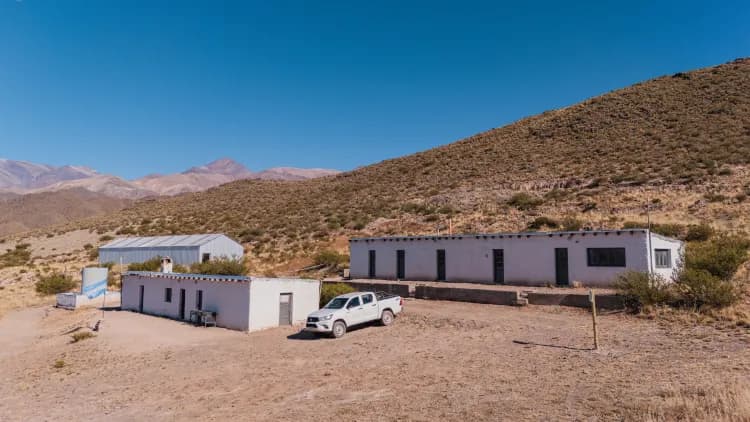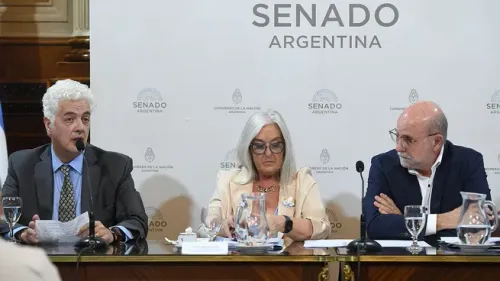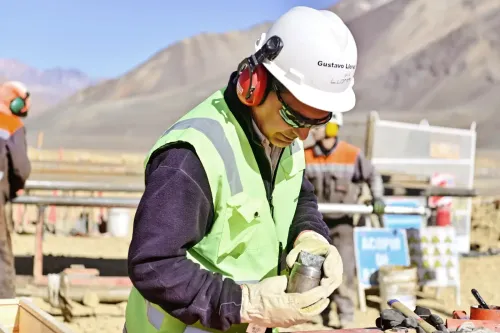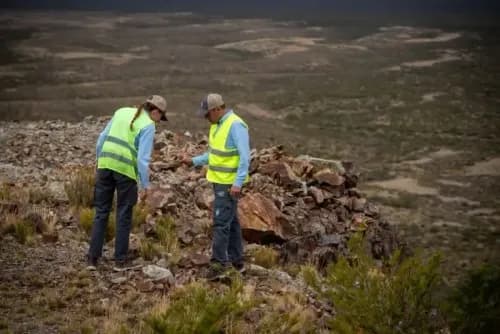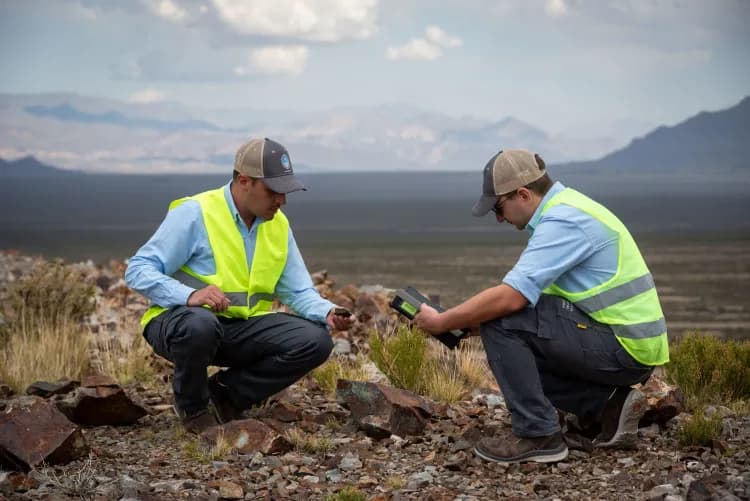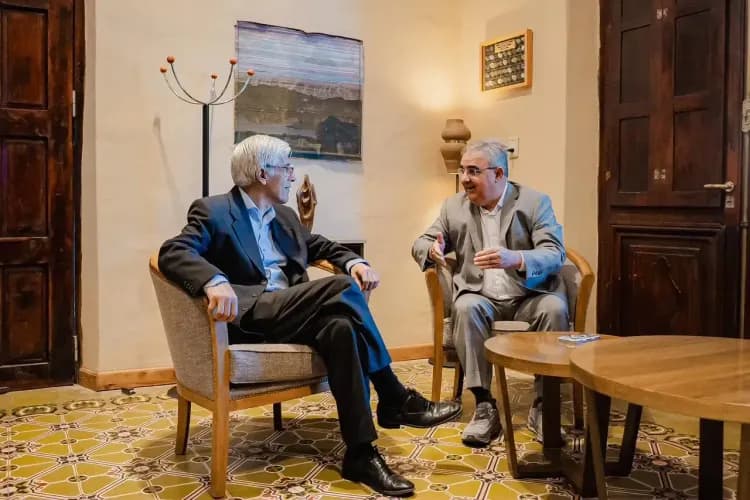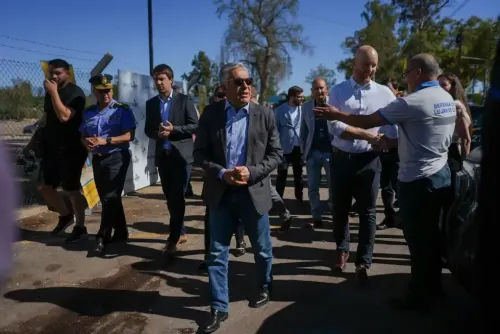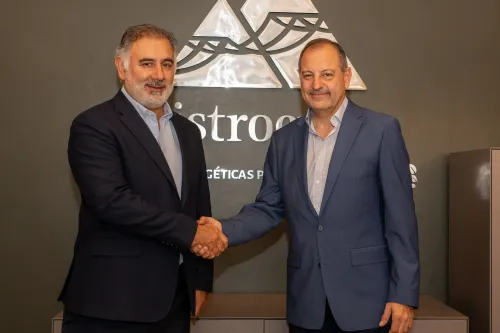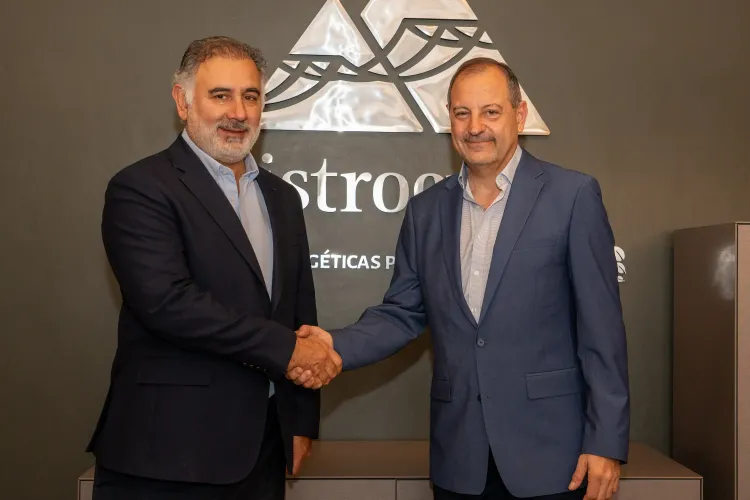MARA has entered a new phase of its Community Development Program, this time focusing on strategic water infrastructure in key areas of the Santa María department, Catamarca Province—where livestock farming remains one of the region’s main economic activities.
By Panorama Minero
The initiative includes the drilling of new wells in Puesto La Torre, Paloma Yaco, and Punta de Balasto; the cleaning and rehabilitation of existing wells; and the installation of three windmills in Estancia La Pampa, Puesto La Vilma, and Puesto La Torre. These actions aim to improve water availability in an area historically affected by water scarcity, damaged rural roads, and sediment buildup in watering sites—conditions that have hindered animal health and jeopardized the sustainability of livestock operations.
With an estimated investment of ARS 600 million, the plan was designed based on a technical survey carried out in coordination with the municipality of San José and community leaders. The assessment identified concrete challenges in the Campo del Arenal region. In total, the project is expected to benefit over 7,000 animals—cattle, goats, sheep, and horses—by ensuring reliable and continuous water supply.
"Our commitment is to rural roots, productive development, and the improvement of living conditions in the communities where we operate," stated Miguel Paredes, Community Relations Coordinator at MARA.
The works are being executed by two local contractors from Catamarca, employing 15 workers from nearby communities. The project includes not only drilling and well rehabilitation but also the installation of Australian tanks, troughs, and site preparation for windmill systems.
Esteban Tálamo, PhD in Geological Sciences and Manager at Hidroconstrucciones, highlighted the strategic nature of the project: “We take a long-term approach, supporting communities in strengthening their traditional productive activities. Water infrastructure is a key tool to sustain livestock farming under more predictable and efficient conditions.”
Beyond its immediate impact on livestock, the use of wind power for water pumping offers a sustainable, low-impact solution that aligns with current environmental standards.
This type of initiative reflects a strategic dimension of large-scale mining projects operating in high-potential but structurally challenged regions: the ability to combine investment, technical expertise, and social engagement to enhance and interconnect local productive activities beyond the core mining business.
MARA and Glencore
MARA — operated by Glencore — is located in the province of Catamarca and involves the development of the Agua Rica copper, gold, and molybdenum deposit, using the existing infrastructure of the former Minera Alumbrera operation. The project holds more than 1.075 billion tonnes of mineral resources with an average copper grade of 0.50%, as well as by-products including gold, silver, and molybdenum. Projected average annual production is over 200,000 tonnes of copper in concentrate during the first ten years of operations.
Glencore, one of the world’s leading diversified natural resource companies, operates across more than 30 countries with a portfolio that spans over 60 essential commodities—from critical minerals to energy and food. Through its global operations, the company is actively engaged in sustainability, transparency, and human rights initiatives, including membership in the ICMM and the Voluntary Principles on Security and Human Rights.



